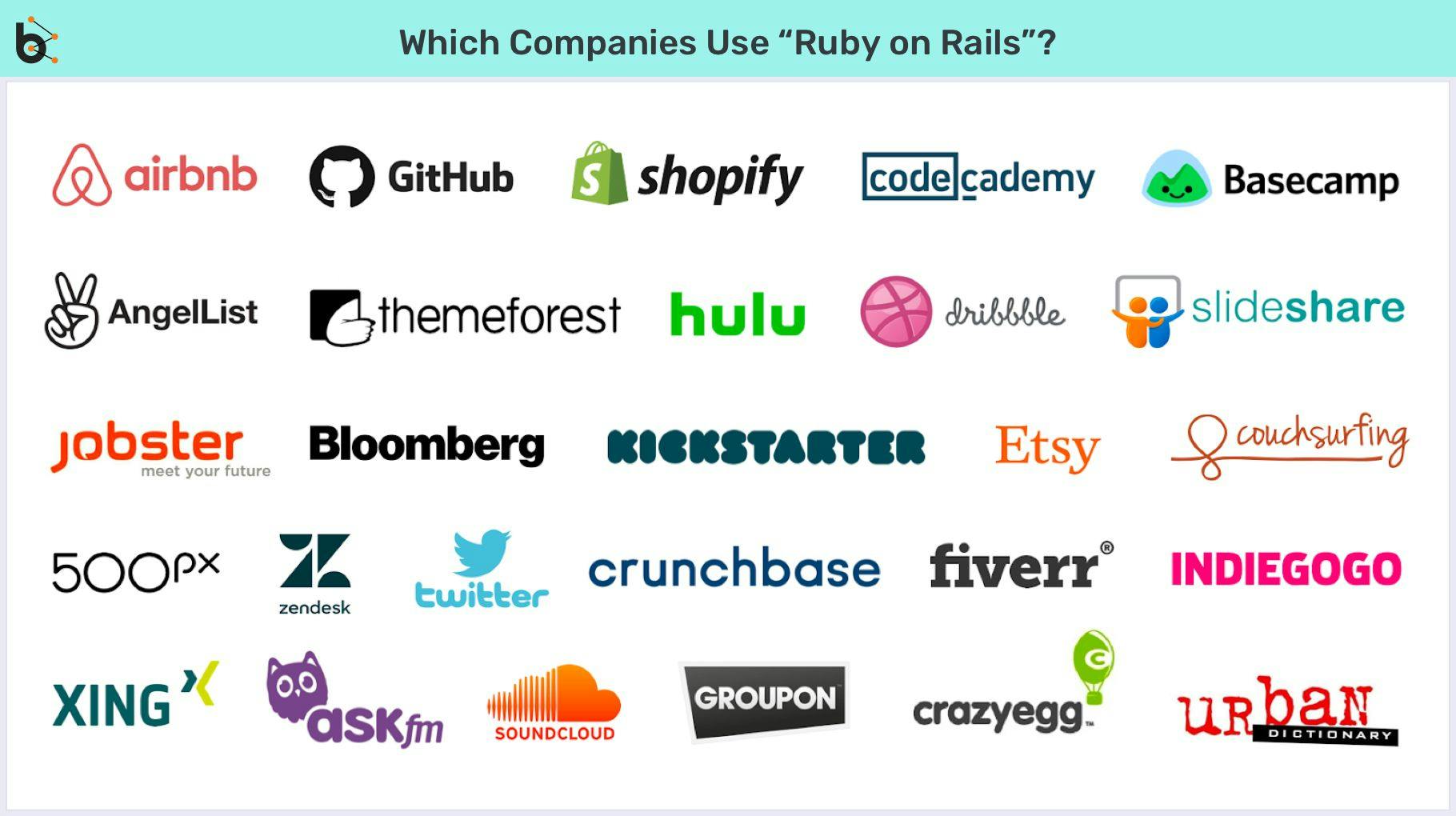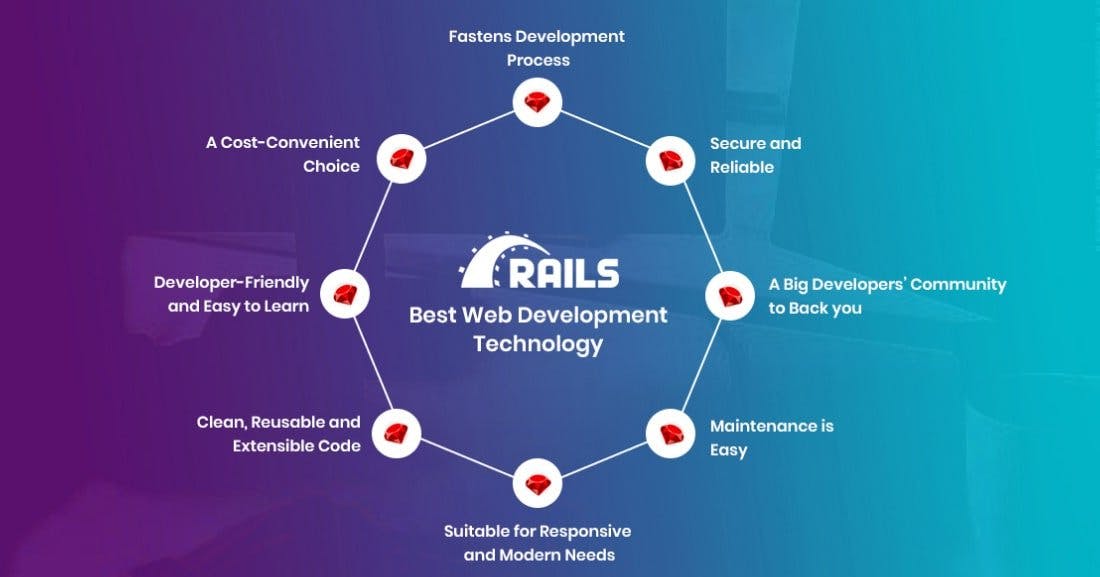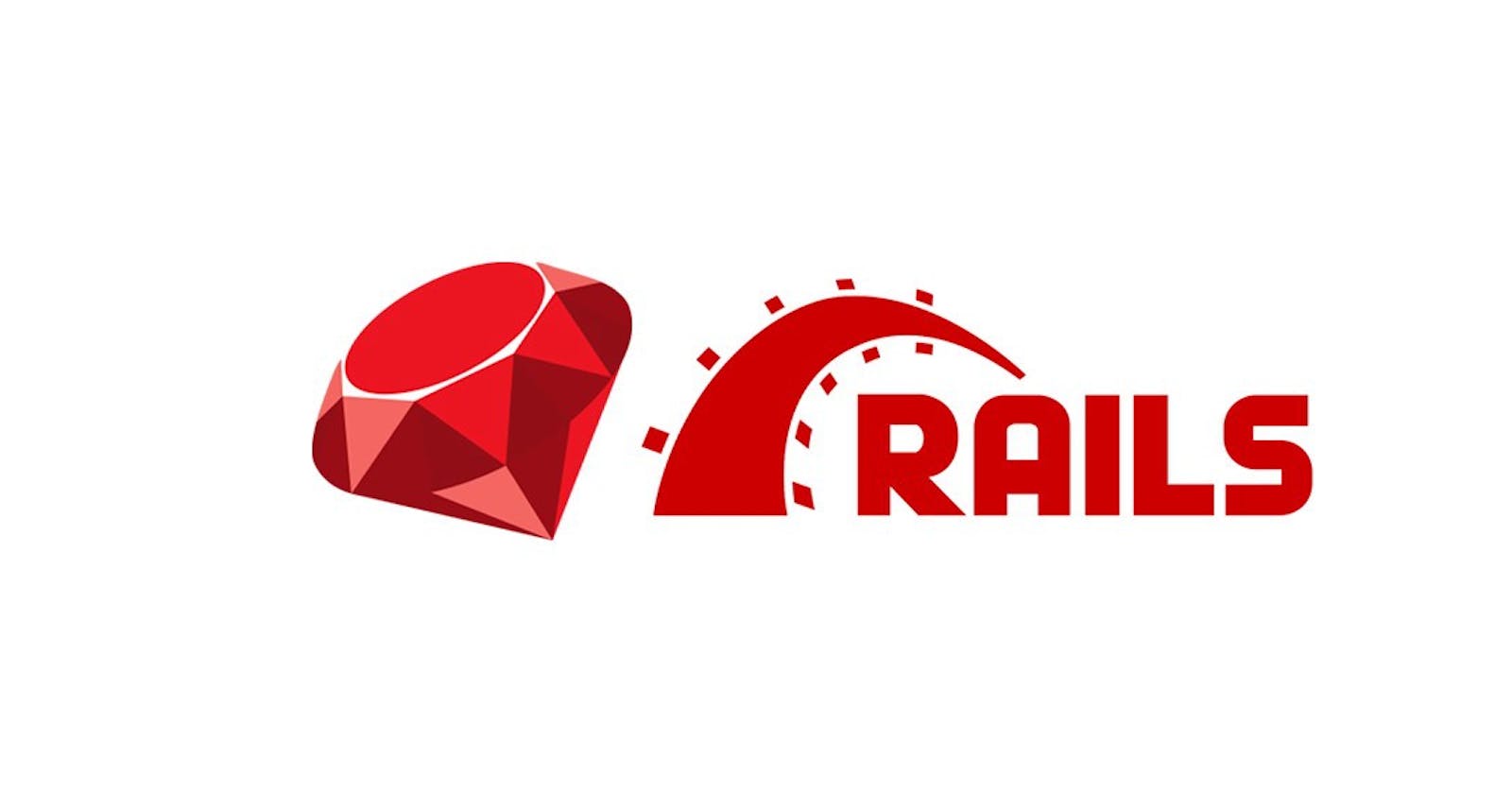A quick intro 🏃♂️
So, I've been working on Ruby on Rails or simply RoR as part of my work for the past few months. With this blog, I would like to provide you a quick introduction on the same.
Atleast few of you might have heard about this technology. But even though, I would explain it for you. First, I would explain the name itself as it should start. Here, Ruby is basically a programming language and Rails is a framework built on top of Ruby. Hence, the name Ruby on Rails.
Real-world examples 🌍
It would be more fun reading about a technology after knowing where its used already. Coming to Ruby on Rails, its used by Airbnb, Bloomberg, Crunchbase, Dribbble, GitHub and Shopify etc. to name a few.

Let's get serious 🃏
Ruby on Rails or simply Rails is an open-source web application development framework written in the Ruby programming language. Ruby is an interpreted, high-level, general-purpose programming language with syntax almost simple as Python.
Rails comes with all the tools needed to build amazing web apps on both the front and back-end. Rails makes web-development easier, with less development times and less code to maintain.
Rails was created by David Heinemeir Hanson or DHH during his work on the project management tool Basecamp at the web application company 37signals.
In this blog, I would be providing just a brief look over Rails, not going much into the topic.
Rails MVC Pattern 🎀
Rails uses Model-View-Controller or MVC architectural pattern that's also used by other frameworks like ASP.NET, Laravel etc. With this pattern, it divides the application into three components: Model, View and Controller. Each of this components handle specific parts of the application:
Model, handles the data related logic that users deals with,
View, represents the User Interface users deals with,
Controllers, acting as interface between these two components.
Here, Model and Controller can be considered backend of the application and View can be considered visual part of the web application what users see and interact with.
Advantages of Rails
The biggest advantage of Rails is that it makes web-development quick and easy. It makes small team of developers can create a web app and deploy it quickly. It’s relatively easy to learn, quick to work with, and having an abundance of resources to refer.

Resources to learn Rails 🛤️🚂
I've been going through different resources available and would create a seperate blog post referring to few good resources to begin your journey into Rails. Until then, see ya.. 🙋♂️👋👋

